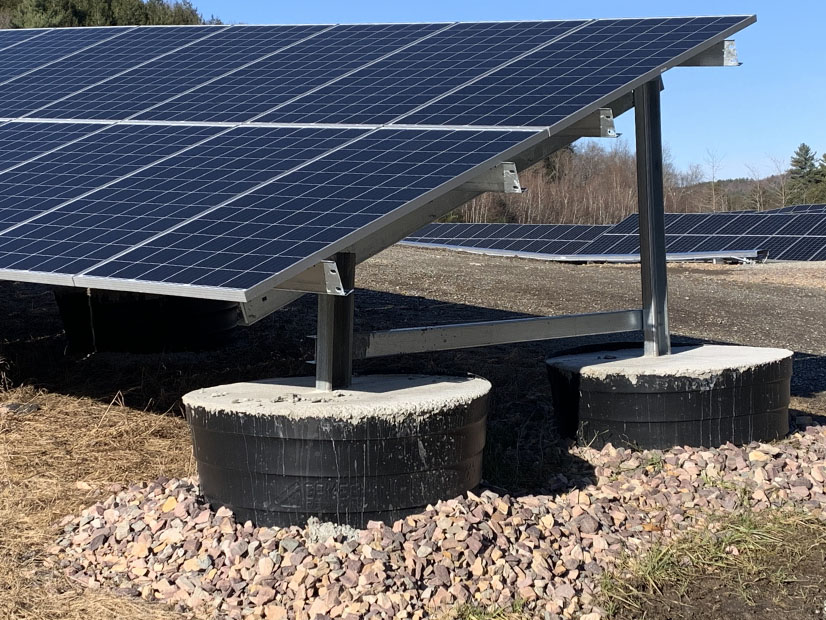A year on from FERC’s approval of NERC’s work plan for registering inverter-based resources (IBRs) such as solar and wind facilities, representatives from the ERO and its regional entities say the task is on track to conclude on schedule.
Speaking at a webinar hosted by the Texas Reliability Entity, Howard Gugel, NERC’s vice president of regulatory oversight, said the ERO is in the second phase of the road map it laid out in its work plan, which the commission accepted May 18, 2023. (See FERC Approves NERC’s IBR Work Plan.)
The plan follows a framework FERC described in a November 2022 order directing NERC to register IBRs that are not currently required to register with it but that are connected to the grid and, “in the aggregate, have a material impact” on reliable operation. According to FERC’s order, the ERO must complete any necessary modifications to its registration processes by 12 months after the commission approves its work plan, identify owners and operators of relevant IBRs within 24 months of approval and register them no later than 36 months after approval.
In a progress update, Gugel said NERC’s Board of Trustees approved the appropriate changes to its Rules of Procedure (ROP) at a special meeting in February and filed them with the commission the following month, requesting an expedited review period of 60 days (RD22-4). FERC accepted comments on the proposal from industry stakeholders through April 18.
“They are in the process right now [of] reviewing those comments, and we are hoping that they will provide some more guidance — either accepting our registration criteria or proposing … some further modifications — sometime in the very near future,” Gugel said.
The proposed ROP changes would create a new category for entities that own or operate IBRs that either have or contribute to an aggregate nameplate capacity of at least 20 MVA and are connected to a common point of connection with a voltage of at least 60 kV.
Currently, the ERO is using data from the U.S. Energy Information Administration and other sources to identify those resources ahead of FERC’s expected approval of the ROP updates. It is also drafting a request for information to be sent to registered entities, starting with balancing authorities and transmission owners, as soon as FERC has given its assent.
Gugel also updated attendees on the ERO’s IBR-related standard development projects, which are also the subject of a FERC order issued last October. The commission directed NERC to submit standards aimed at improving the reliability of IBRs in three tranches beginning in 2024.
At the moment, Gugel said, NERC has prioritized the first set of standards, which concern performance requirements and post-event performance validation for registered IBRs. These standards must be sent to FERC for approval by Nov. 4.
The next set of standards will address data sharing and model validation for IBRs, to be completed by November 2025. The final tranche to be finished by November 2026 will concern planning and operational studies.

